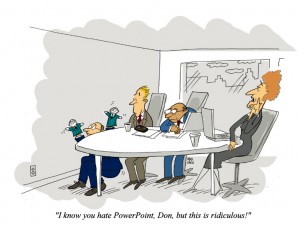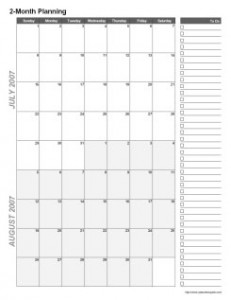Anti-PowerPoint articles used to be buried in the business section of The New York Times, or Wall Street Journal. Yesterday, the influence of PowerPoint reached new heights as this “We Have Met the Enemy and He is PowerPoint” story appeared on the front page of The New York Times.
It amazes me the amount of hype a story about PowerPoint can create. Although, after working with PowerPoint and presentations since 1989 it should not be surprising at this point the level of anti-PowerPoint people that are out there. PowerPoint is everywhere, being used by everyone, even the leaders of the American Military view PowerPoint decks regularly.
Since the day Edward Tufte coined the term “Death by PowerPoint”, it has been a popular trend to trash PowerPoint. And why not? Who in this world has not sat through a torturous, boring meeting with ugly, distracting, complex PowerPoint slides at the front of the room. I have to admit I have sat through plenty of these slide torture festivals.
But, I don’t leave the room screaming angrily “That damn PowerPoint strikes again!” I do leave complaining “Why did that person waste my time. They obviously did not spend enough time or effort preparing for the presentation.” I can only conclude they are not really the experts on the subject that they claim they are or the audience were not important enough to them to take the time/effort to plan and develop a worthwhile speech and supporting PowerPoint visuals.
Maybe it is because I know what an incredibly powerful tool PowerPoint can be when used correctly. I have seen PowerPoint decks that have been part of meetings that close billion dollar deals, launch new successful corporate strategies, introduce new research results to life saving drugs, move large groups to making important changes, help successfully raise millions at charity events and even some fun PowerPoint decks that have entertained thousands or maybe millions.
PowerPoint when not used correctly can make meetings unbearable, torture the eyes and minds of the audience. Obviously, there is plenty of BAD PowerPoint being used. Elisabeth Bumiller’s article confirms again that there is plenty of BAD PowerPoint being used by the US Military. But it is not PowerPoint that is the Enemy but the people creating the BAD PowerPoint.
As I have written before, PowerPoint is only a tool. Just like the power tools you may use to build a house, you need to have good plans for building the house, and you need to know how to use the tools. If you don’t, disaster can strike. But banning the use of PowerPoint is like banning the use of the Power tools to build a house. You can still build the house, but it will take much longer and the results will not be the same.
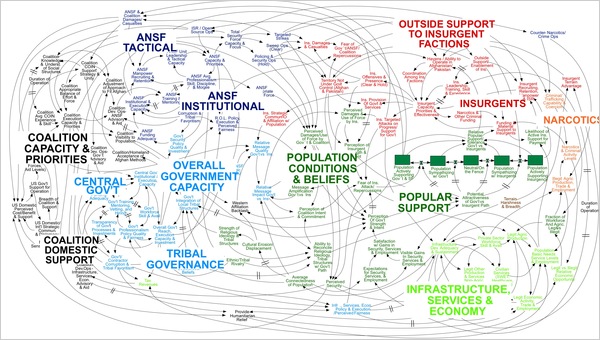
A PowerPoint diagram meant to portray the complexity of American strategy in Afghanistan certainly succeeded in that aim.
The graphic included sited in the article is actually a good one to show the complexity of the war situation. If PowerPoint was used properly, the slides following this confusing graphic should breakdown the complex visual into easy to understand graphics that support the speaker’s verbal explanations and that should probably include an in-depth written document to support the message for anyone in the audience that wanted to dive down into the details of the issues.
It is a shame people spend so much time and effort bashing and complaining about this Powerful tool instead of learning how to use it to their advantage. Maybe if the military had a better PowerPoint training program, we’d finally win the war? I’d love to see the war won with some great PowerPoint bullets rather than those metal ones that really do kill.
PowerPoint is not the enemy as Elisabeth Bumiller writes about in her New York Times article: “We Have Met the Enemy and He is PowerPoint“, The New York Times, April 26, 2010.
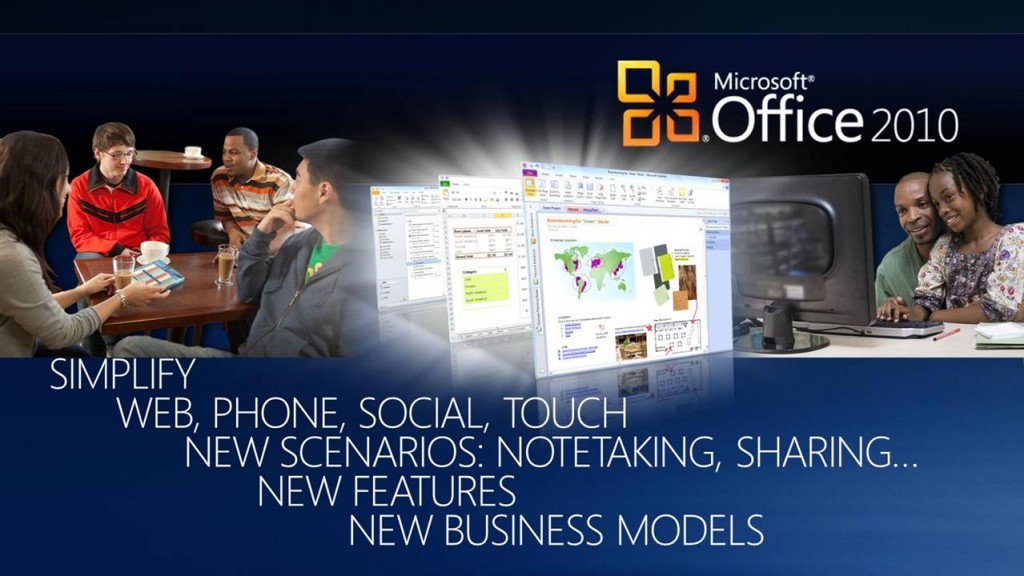
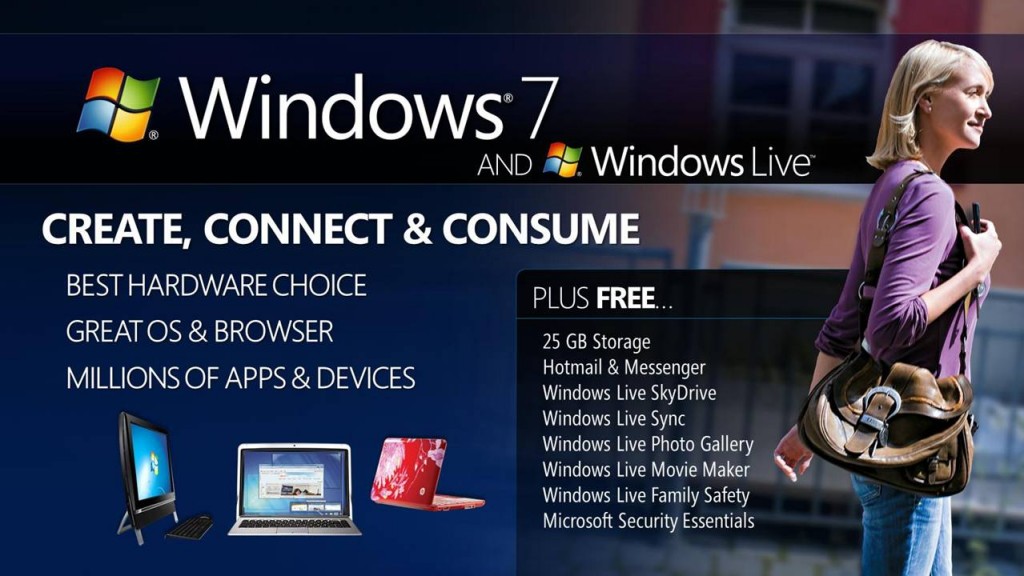
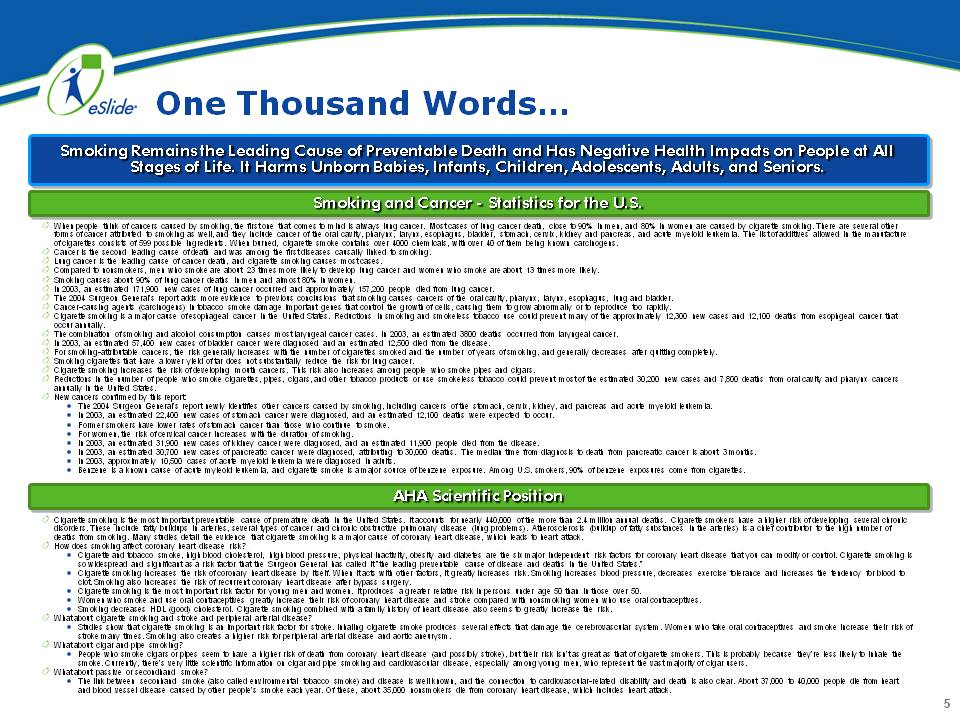
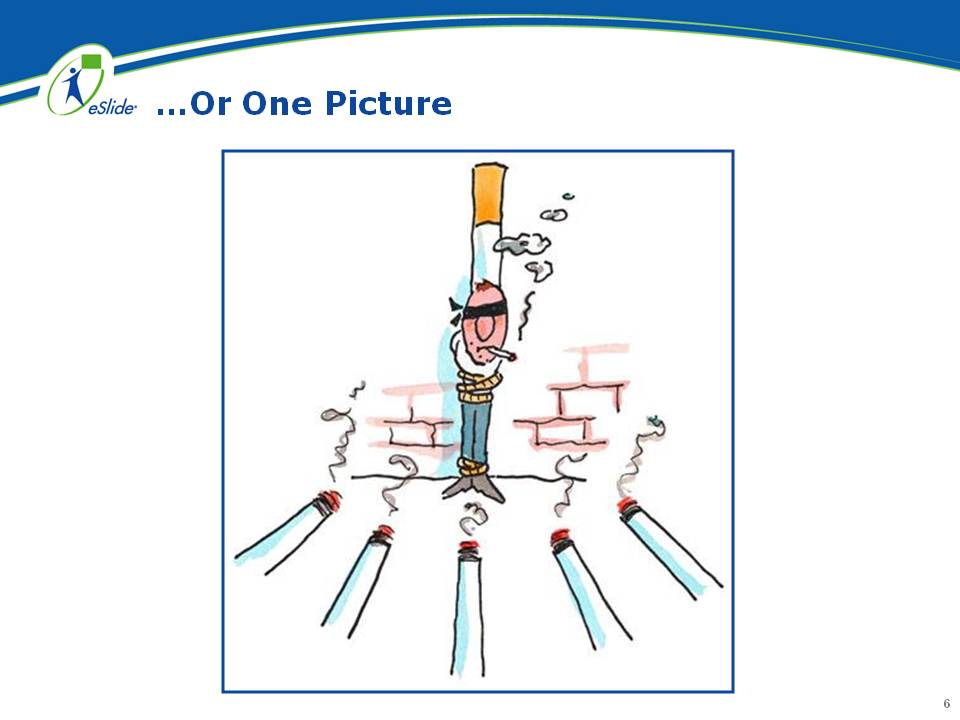


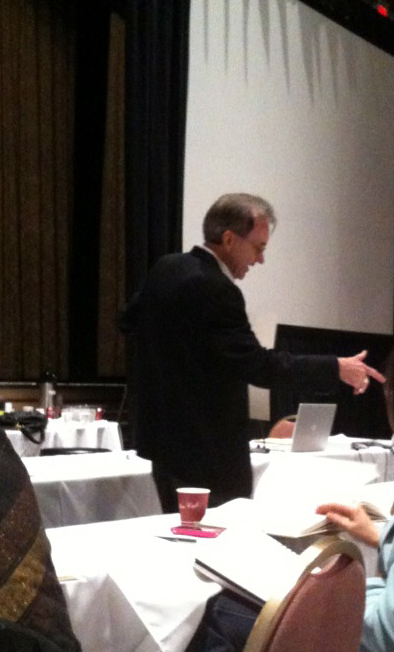 I recently attended Edward Tufte’s full day class “
I recently attended Edward Tufte’s full day class “